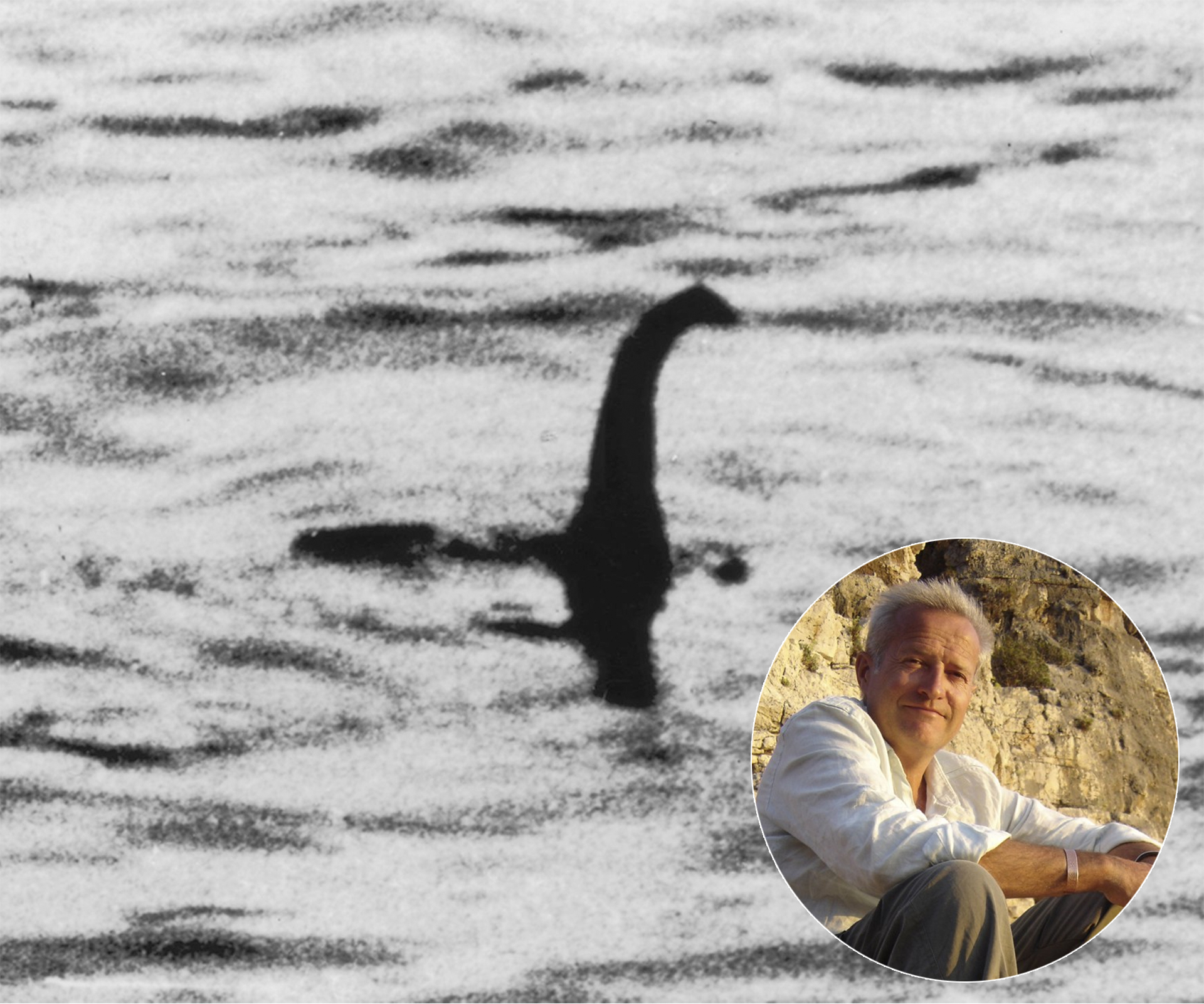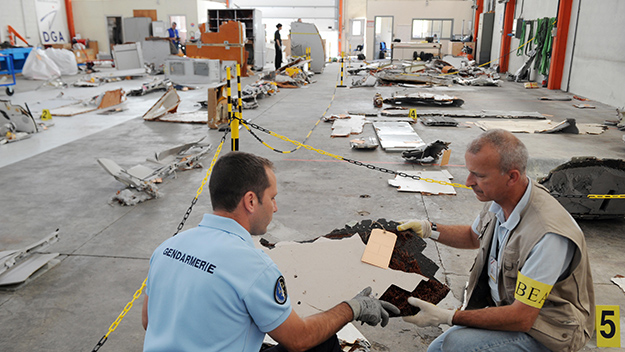Nearly one hundred years since the mythical ‘Loch Ness monster’ was first spotted, one Nessie hunter thinks he’s finally solved the riddle – maybe.
Steve Feltham, who abandoned his life, job and girlfriend in 1991 to become a fulltime ‘Nessie Hunter’, has put forth a theory that he thinks could solve the monster mystery once and for all.
After bouncing between the theories of forgotten dinosaurs, undiscovered species and government-led alien conspiracies, Mr Feltham has finally settled on his final hypothesis: Nessie is neither a dinosaur, nor a Bigfoot, nor an alien conspiracy, but a simple catfish.
52-year-old Feltham believes that Nessie is not one singular catfish, but a family of ‘Wels’ catfishes, a large breed which can grow up to 4 meters long and 400kg in weight, which, because of their colossal size, have been mistaken for the monster for years.
“They are very long lived and it is entirely possible they were introduced by Victorians to the loch, which would explain why the main sightings of Nessie really started in the 1930s — just as the animals were reaching maturity,” Feltham told The Australian, “I’ve had to change my mind slowly over time, but what a lot of people have reported seeing would fit in with the description of the catfish with its long curved back.”
“I have to be honest. I just don’t think that Nessie is a prehistoric monster.”
And not only does Mr Feltham think he’s found Nessie, he also thinks she’s (or they’re) on her way out, because, due to the lack of food source and limited area, they will soon die out.

Nessie, is that you?
“There was a viable breeding population but I think the numbers have declined to the extent that there are now just one or two left,” he said, “They also eat other catfish and may have eaten breeding females over time. Nessie is destined to be no more, I’m afraid.”
However, solving the mystery of Nessie (and it turning out to be only a catfish, no less) might not be the best move for Mr Feltham.
Not only are the Scottish people firmly protective of their lucrative myth, it’s a huge annual boost to the Scottish economy, with tourism in the area, including cruises, tours and hotel stays, amounting to £25m annually.
But those planning a trip to the iconic loch, which is bigger in size than all the lakes and rivers in England, Wales and Ireland combined, should be too hasty to cancel their plans: there are plenty who disagree with Mr Feltham’s ‘discovery’.
The most famous of the ‘Nessie Hunters’, Dr Robert Rines, believes Nessie to be an undiscovered dinosaur that he has named the “Nessiteras rhombopteryx”.
Another Nessie enthusiast, Frank Holliday, believes her to be a ‘possibly extinct’ giant invertebrate called the Tullimonstrum, whilst most other Hunters believe that Nessie is a prehistoric plesiosaur which escaped extinction in the waters of the Loch.
Could Feltham’s fishy theory be the one? Or just another to add to the mystery in the Loch?


